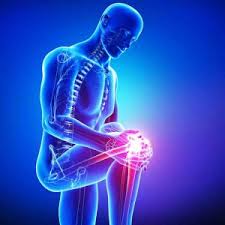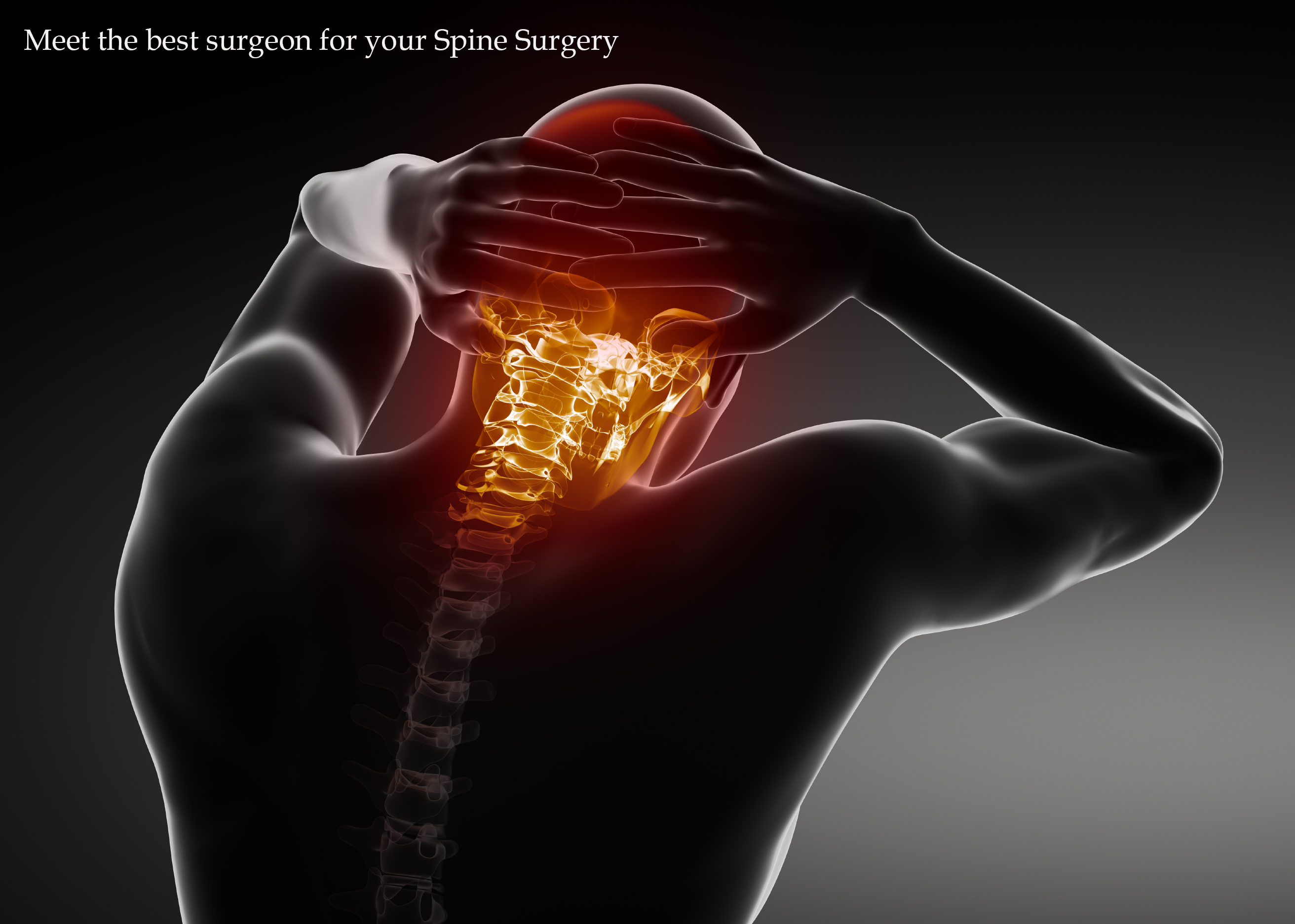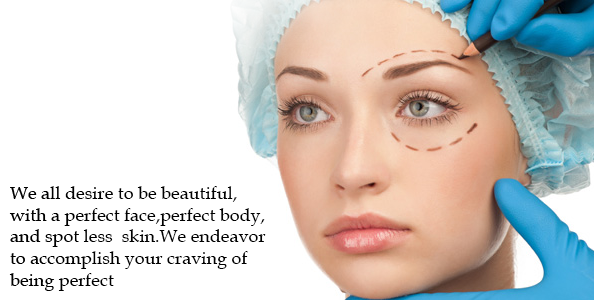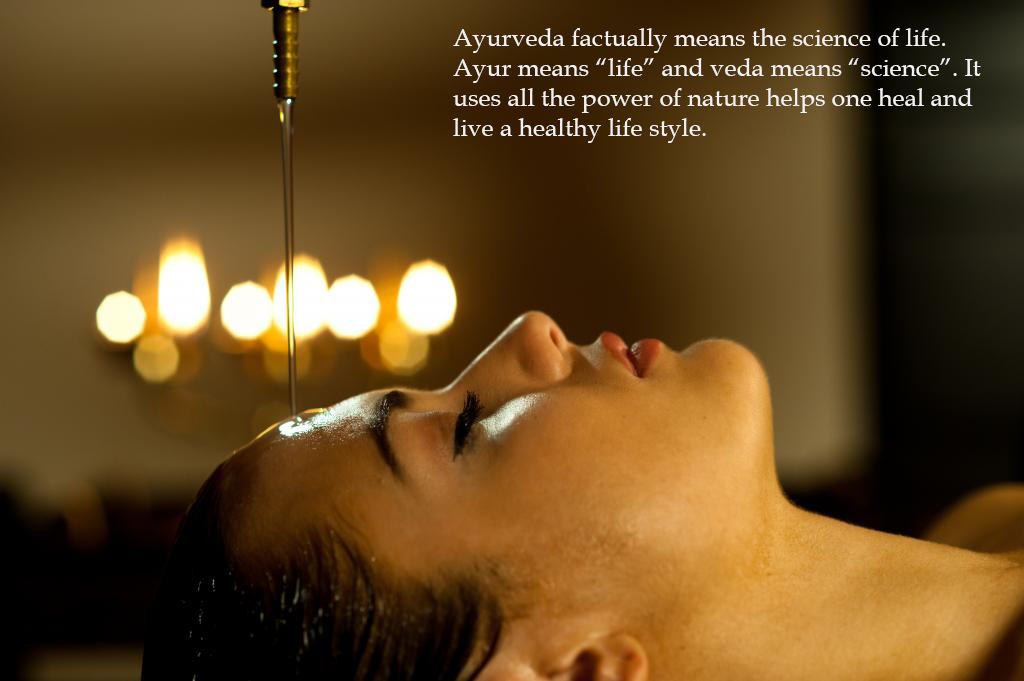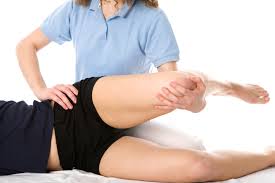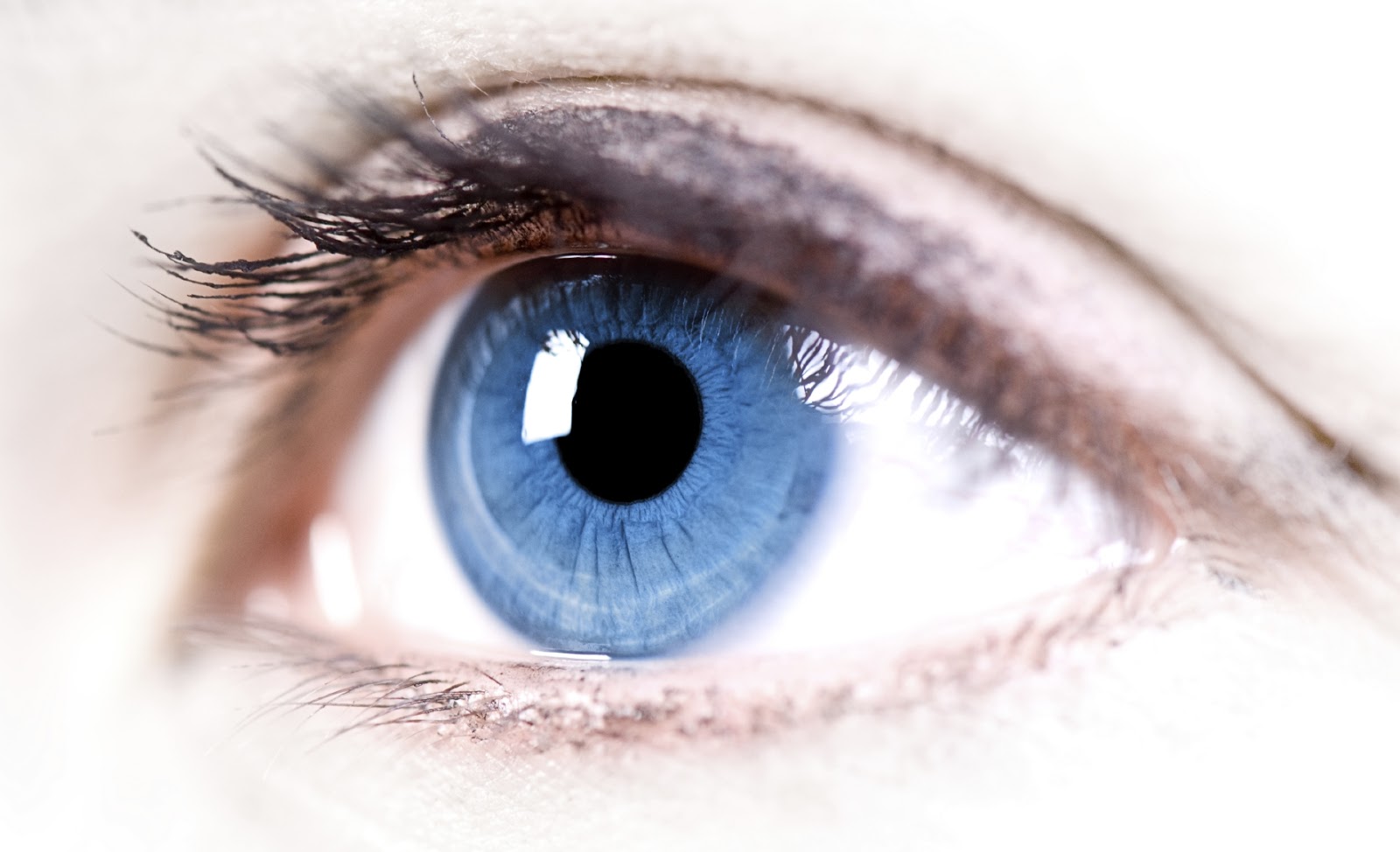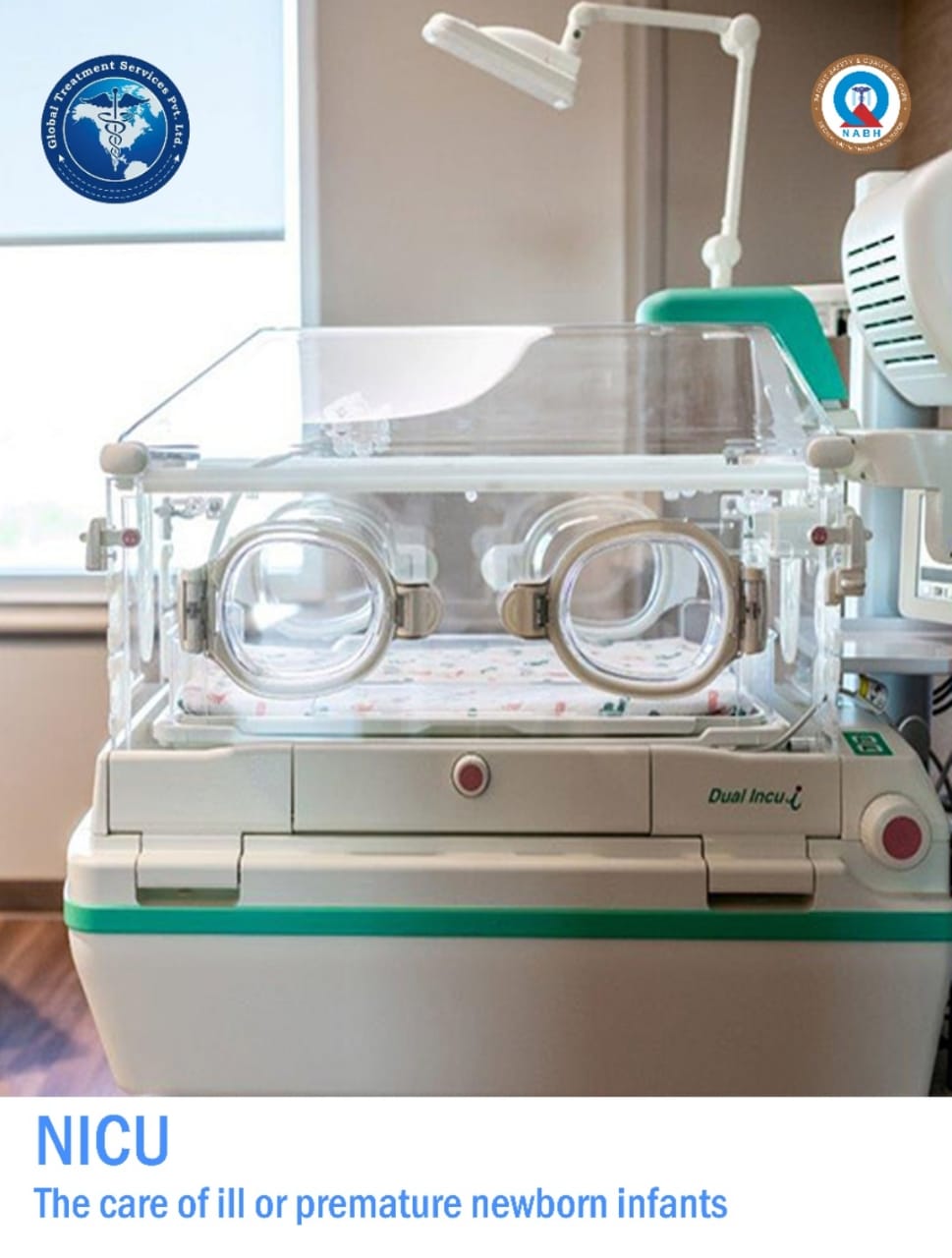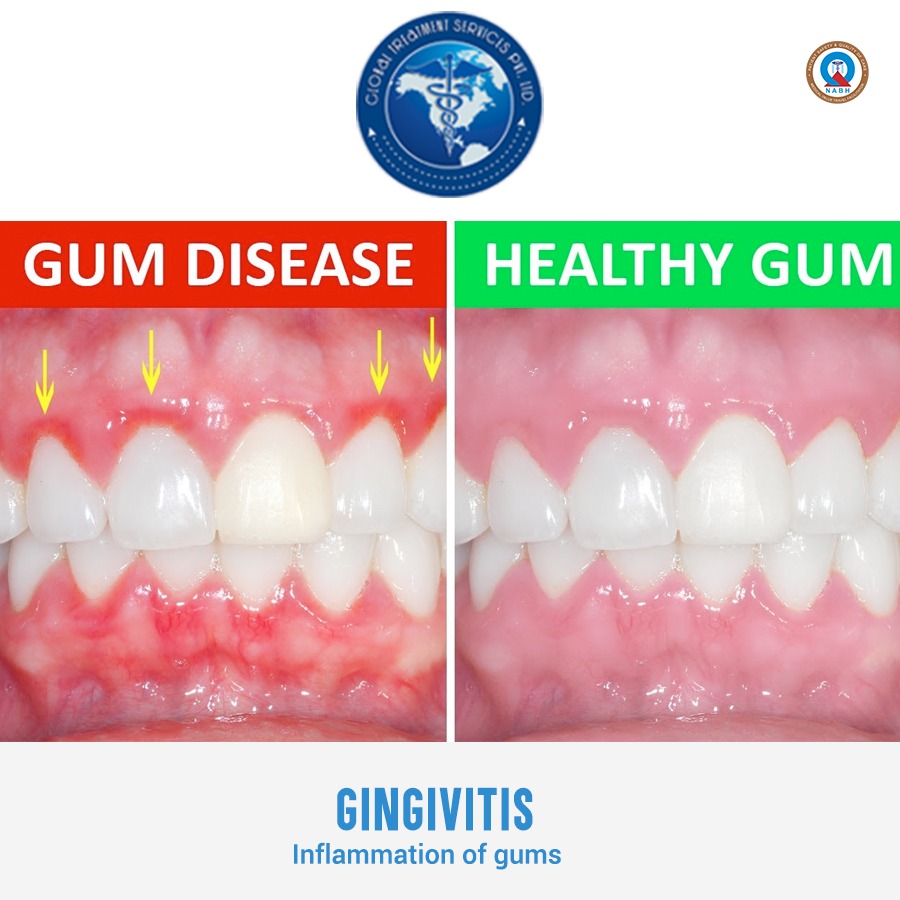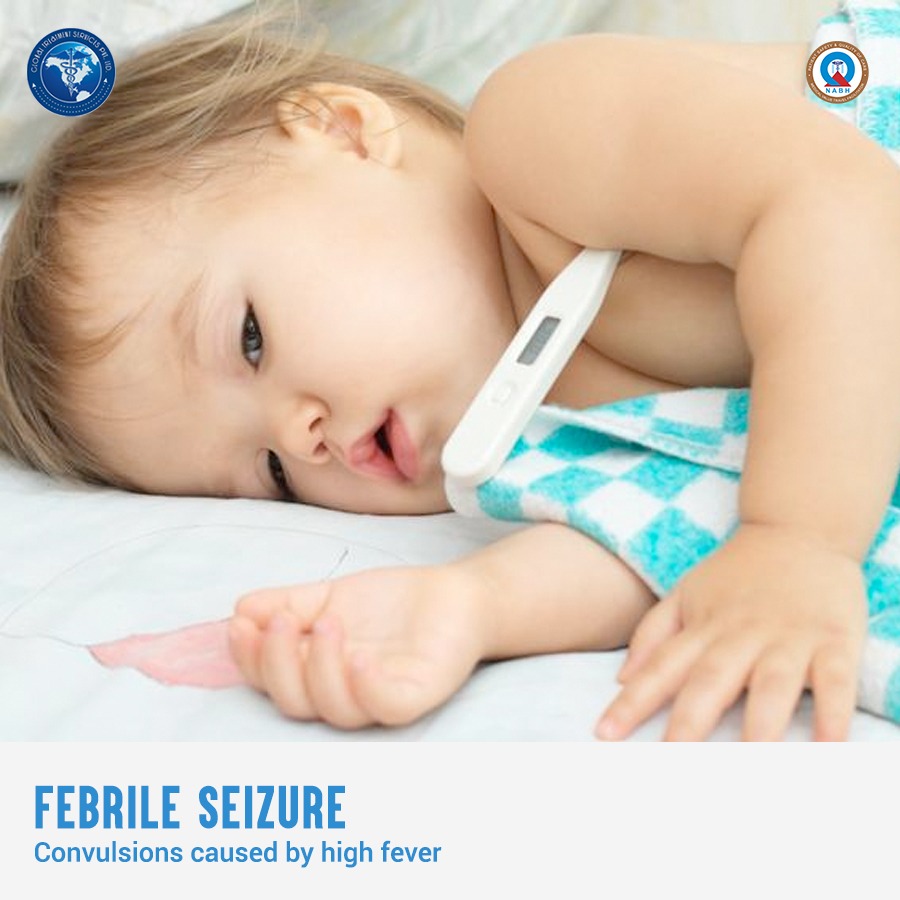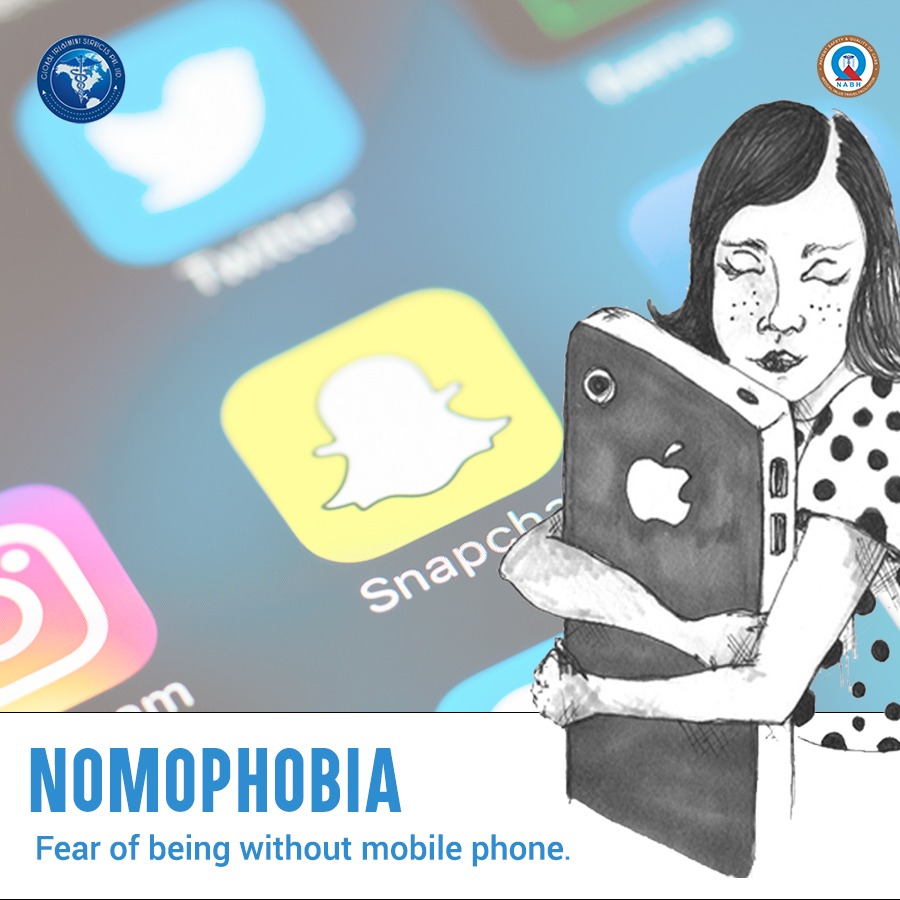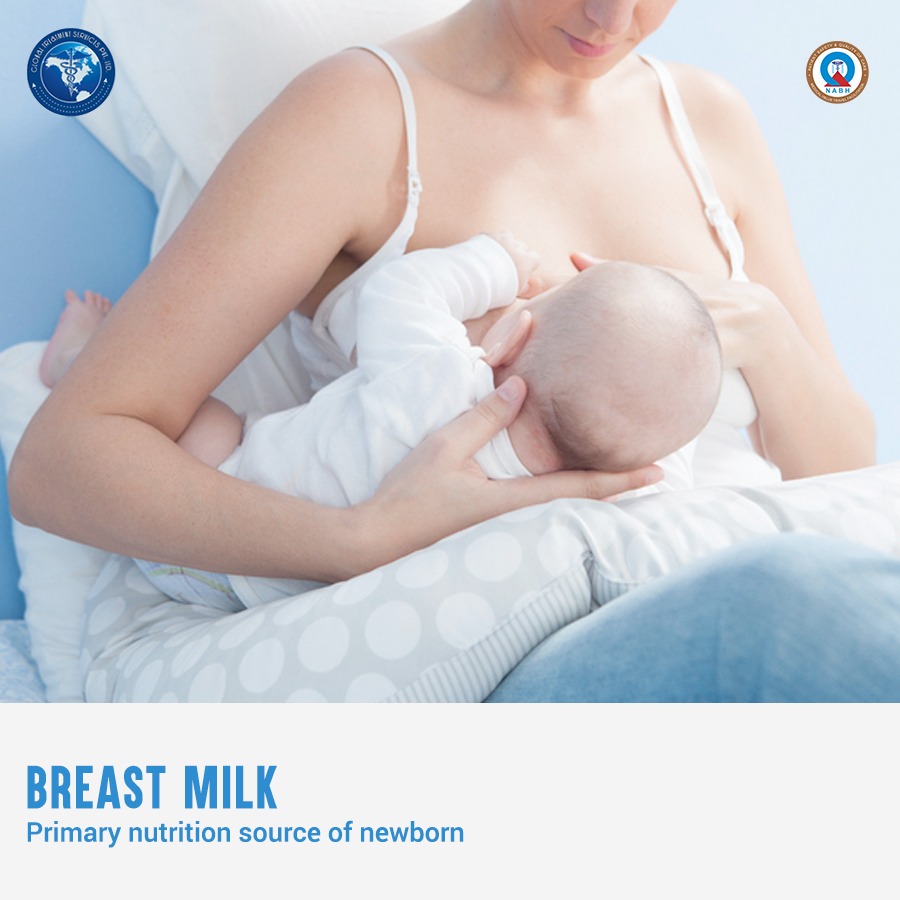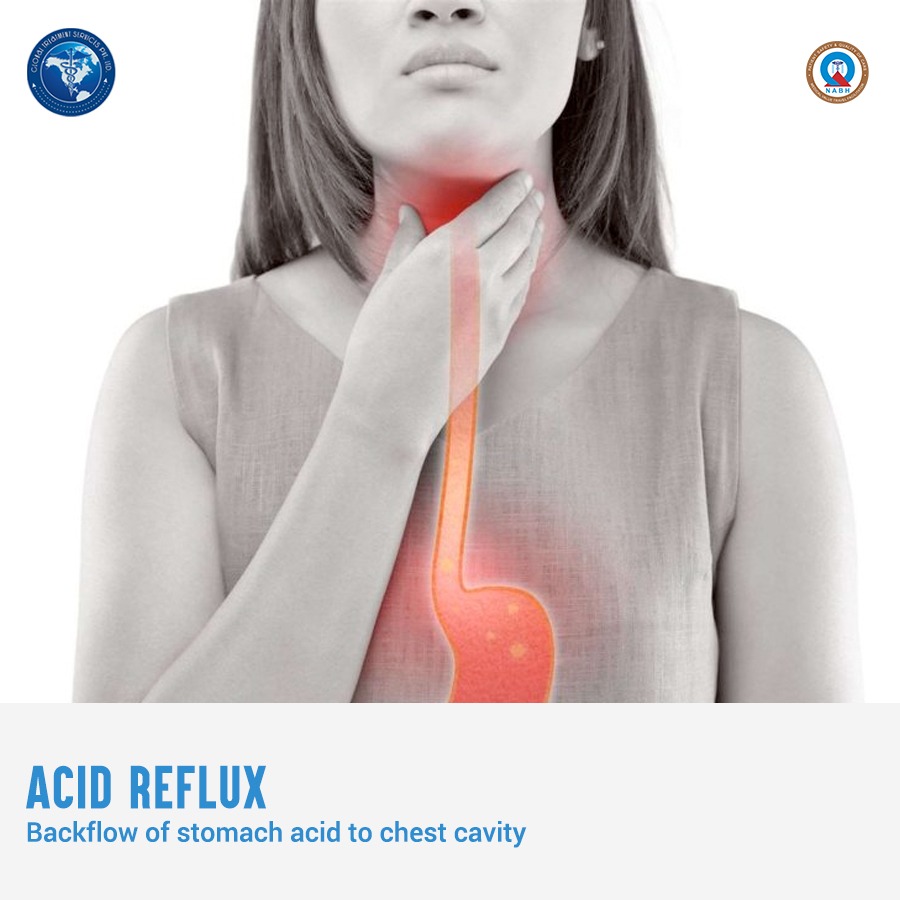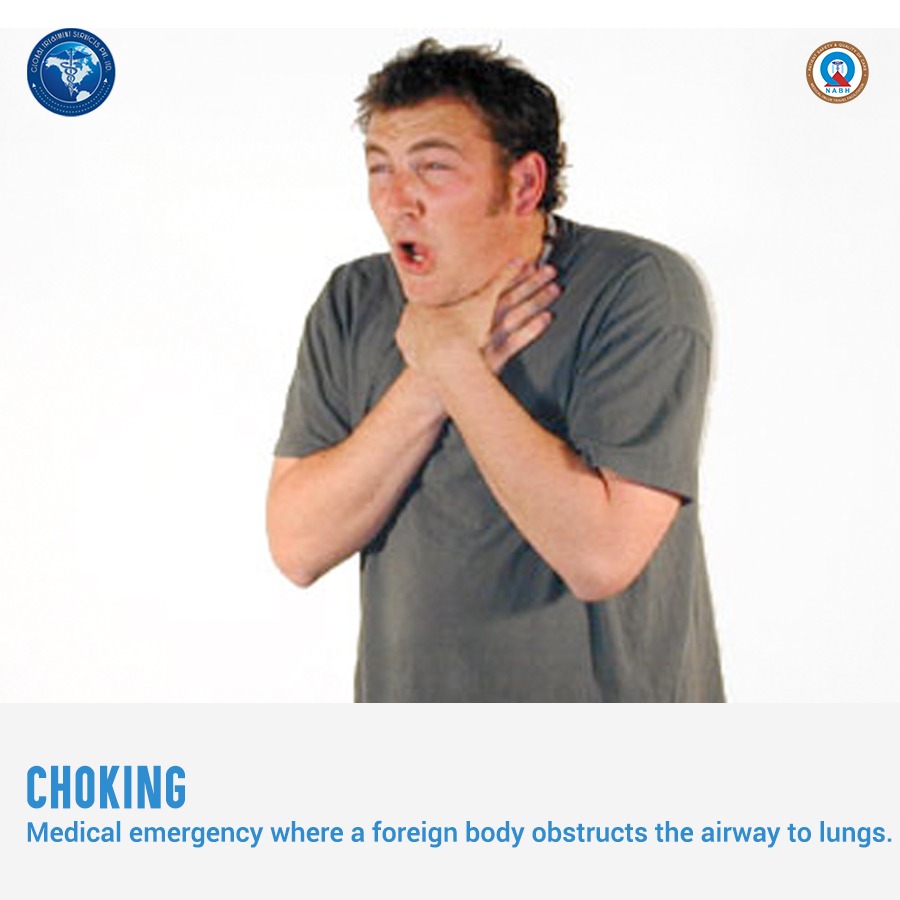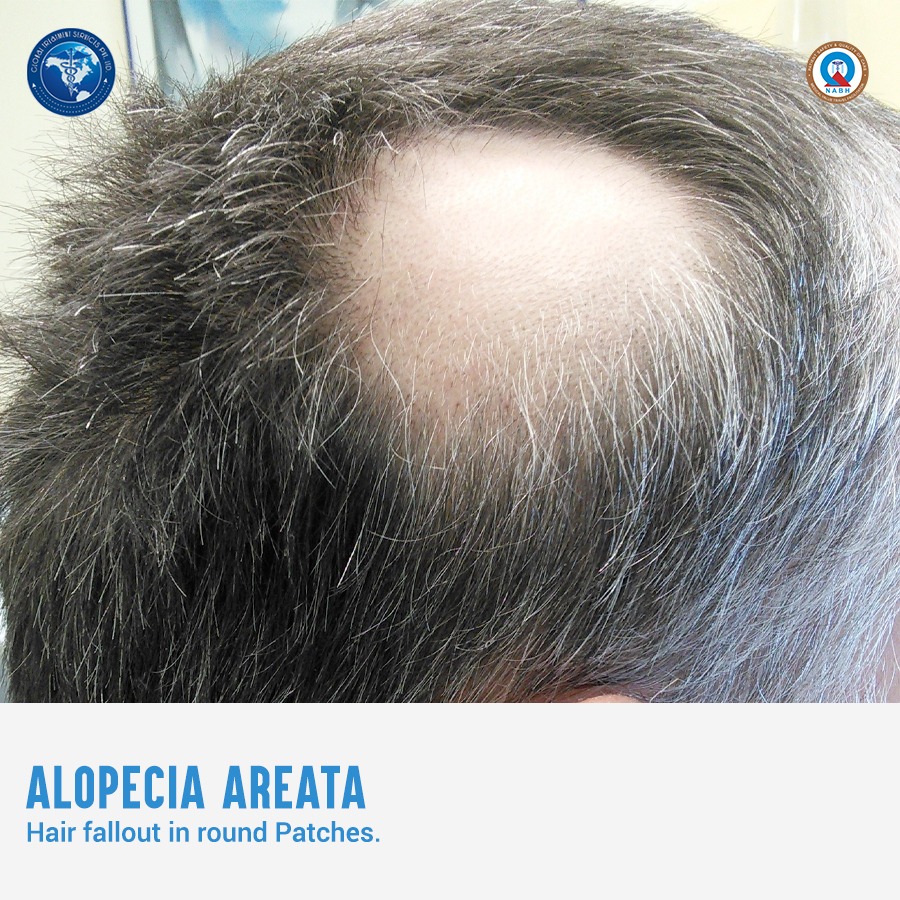NICU is a special unit in a hospital where ill and premature newborn are often admitted to. NICU stands for Neonatal Intensive Care Unit. Here the babies are provided with around the clock care by a team of specially trained experts. NICU is known in many names like a special care nursery, an intensive care nursery or a newborn intensive care nursery.
The different medical equipments at NICU are
● Incubators: These are small beds enclosed by transparent hard plastic. It provides controlled temperature for the baby inside. It has side holes through which babies are nursed by the caregivers.
● Infant warmers: These are open beds with heaters over them to help babies stay warm
while being monitored.
● Photo-therapy: It treats babies with jaundice by lying them on special light therapy blankets.
● Monitors: They are used to keep track of the baby’s temperature, heart rate, and breathing etc. It includes
1.Chest heads : Painless stickers on baby’s chest that connects to monitors to track the heart
rate and monitor the number of breathing.
2.Pulse oximetry (or pulse ox): This machine is used to measure baby’s blood oxygen levels. It is connected to baby’s fingers or toes and it emits a soft red light.
3.Temperature probe : It records baby’s temperature and displays it on the monitor.
4.An arterial lining or blood pressure cuff is used to measure baby’s blood pressure.
5.Feeding tubes: These are used to feed the babies with formula milk or breast milk.
6.IVs: These are thin bendable tubes used to drip the baby with medicine and fluids through the baby’s veins.
7.Ventilators: These provide extra breathing assistance for the baby as and when required.
8.Oxygen hood or nasal cannula: These provides extra oxygen for babies who are in need of it.
Babies who require NICU are
● Premature babies born before 37 weeks of pregnancy.
● Babies who have low birth weight (less than 2500 g or more than 4000 g
● Babies who have a medical condition that requires special care.
● Twins, triplets, and other multiple babies
● Babies born with heart problems, infections, or birth defects
● Babies who requires blood transfusion treatments.
● If the baby’s first stool(meconium) passed during pregnancy into the amniotic fluid.
● Breech delivery presentation during delivery.
● Too little or too much amniotic fluid during fetal stage.
● Babies whose mother have Diabetes and hypertension.
NICU usually have specially trained team of medical professionals including neonatologists,
pediatricians, lactation consultants, respiratory therapists, dietitians etc.


